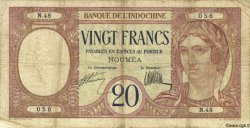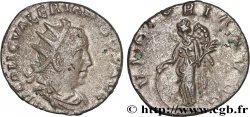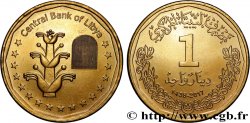MONNAIES 51 (2011)
Starting price : 3 500.00 €
Estimate : 5 500.00 €
Realised price : 4 539.00 €
Number of bids : 2
Maximum bid : 5 500.00 €
Starting price : 3 500.00 €
Estimate : 5 500.00 €
Realised price : 4 539.00 €
Number of bids : 2
Maximum bid : 5 500.00 €
Type : Tétradrachme
Date: c. 387-345 AC.
Mint name / Town : Carie, Cnide
Metal : silver
Diameter : 26 mm
Orientation dies : 9 h.
Weight : 14,59 g.
Rarity : R3
Coments on the condition:
Exemplaire sur un flan large et ovale, parfaitement centré des deux côtés. Portrait magnifique de haut relief avec tous les détails de la chevelure visibles. Revers fantastique, bien venu à la frappe de très haut relief. Jolie patine de collection ancienne avec des reflets mordorés, légèrement granuleuse au droit. Conserve une partie de son brillant de frappe et de son coupant d’origine
Catalogue references :
Predigree :
Cet exemplaire provient du trésor d’Hecatomnus, de la vente Asta Cerisio I, 1987, n° 133 et de MONNAIES IX, n° 103
Obverse
Obverse legend : ANÉPIGRAPHE.
Obverse description : Tête d'Aphrodite Euploia à gauche, les cheveux relevés en arrière et retenus par un sphendoné ; derrière la tête, une proue de galère.
Obverse legend : K-NI
Obverse translation : (Cnide).
Reverse
Reverse description : Protomé de lion à gauche, la gueule ouverte, la langue pendante ; le tout dans les restes d'un carré creux.
Reverse legend : [K]LEOSQENHS
Reverse translation : (Kleosthénès).
Commentary
Magistrat Kléosthénès. Même coin de droit que l'exemplaire du cabinet des médailles de Paris (pl.CXL, n°25) et mêmes coins que l'exemplaire de la vente Giesener Münzhandlung 48 (1990), n° 440. Notre exemplaire est illustré dans The Hecatomnus Hoard, CH. IX, Londres 2002, p. 119, n° 32a, pl. 12.
Magistrate Kleosthenes. Same obverse die as the copy in the Paris medal cabinet (pl. CXL, no. 25) and same dies as the copy in the Giesener Münzhandlung 48 sale (1990), no. 440. Our copy is illustrated in The Hecatomnus Hoard, CH. IX, London 2002, p. 119, no. 32a, pl. 12
Magistrate Kleosthenes. Same obverse die as the copy in the Paris medal cabinet (pl. CXL, no. 25) and same dies as the copy in the Giesener Münzhandlung 48 sale (1990), no. 440. Our copy is illustrated in The Hecatomnus Hoard, CH. IX, London 2002, p. 119, no. 32a, pl. 12








 Report a mistake
Report a mistake Print the page
Print the page Share my selection
Share my selection Ask a question
Ask a question Consign / sell
Consign / sell










